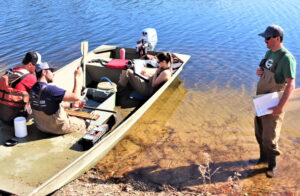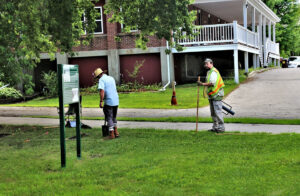CEMML researchers have expertise in supporting management of protected and listed species and ensuring compliance with federal and state laws and regulations.
Threatened and Endangered Species Services
- Planning and management support for species under various federal and state designations, including:
- Federal Threatened and Endangered species (Endangered Species Act)
- State Threatened and Endangered species
- State Species of Concern
- Species of Greatest Conservation Need
- U.S. Fish and Wildlife Birds of Conservation Concern
- U.S. Forest Service Sensitive Species
- Bureau of Land Management Sensitive Species
- Population-level assessments of climate change vulnerability
- Ecosystem-based, adaptive management approach for building climate adaptation strategies to protect threatened and endangered species.
- Section 7 consultation support and preparation of associated documents such as biological assessments.
Email Threatened and Endangered Species Services inquiries to cemml@colostate.edu.
Other CEMML Natural Resources Management Services
Latest CEMML Stories

Sharing the beach: CEMML supports snowy plovers and communities in California
In 2020, Vandenberg Space Force Station and CEMML began providing educational programs at local elementary schools to spread awareness about the snowy plover, a rare migratory shorebird currently listed as threatened under the federal Endangered Species Act. Over 600 students have participated in the program since the program began.

CEMML conducts surveys to aid fisheries management at Fort McCoy
Every year, watershed management biologists and specialists with CEMML, in partnership with Fort McCoy’s Directorate of Public Works Environmental Division Natural Resources Branch (NRB), hold fish surveys at Fort McCoy’s 10 lakes and ponds. Surveys are conducted using various methods to understand fish populations and the overall health of the waterways.

CEMML archaeological survey explores early 20th century history of Fort McCoy
An archaeological survey conducted by CEMML personnel in the summer of 2022 was initially meant to investigate the creation of several hundred concrete tent pads at Fort McCoy, Wisconsin. Research into the tent pads, dating from around the early 20th century, also unearthed additional information about other possible known archaeological features and sites around what is referred to as “Old Camp McCoy.”
Share this page on social media